

Volume 162
Published on June 2025Volume title: Proceedings of CONF-FMCE 2025 Symposium: Semantic Communication for Media Compression and Transmission
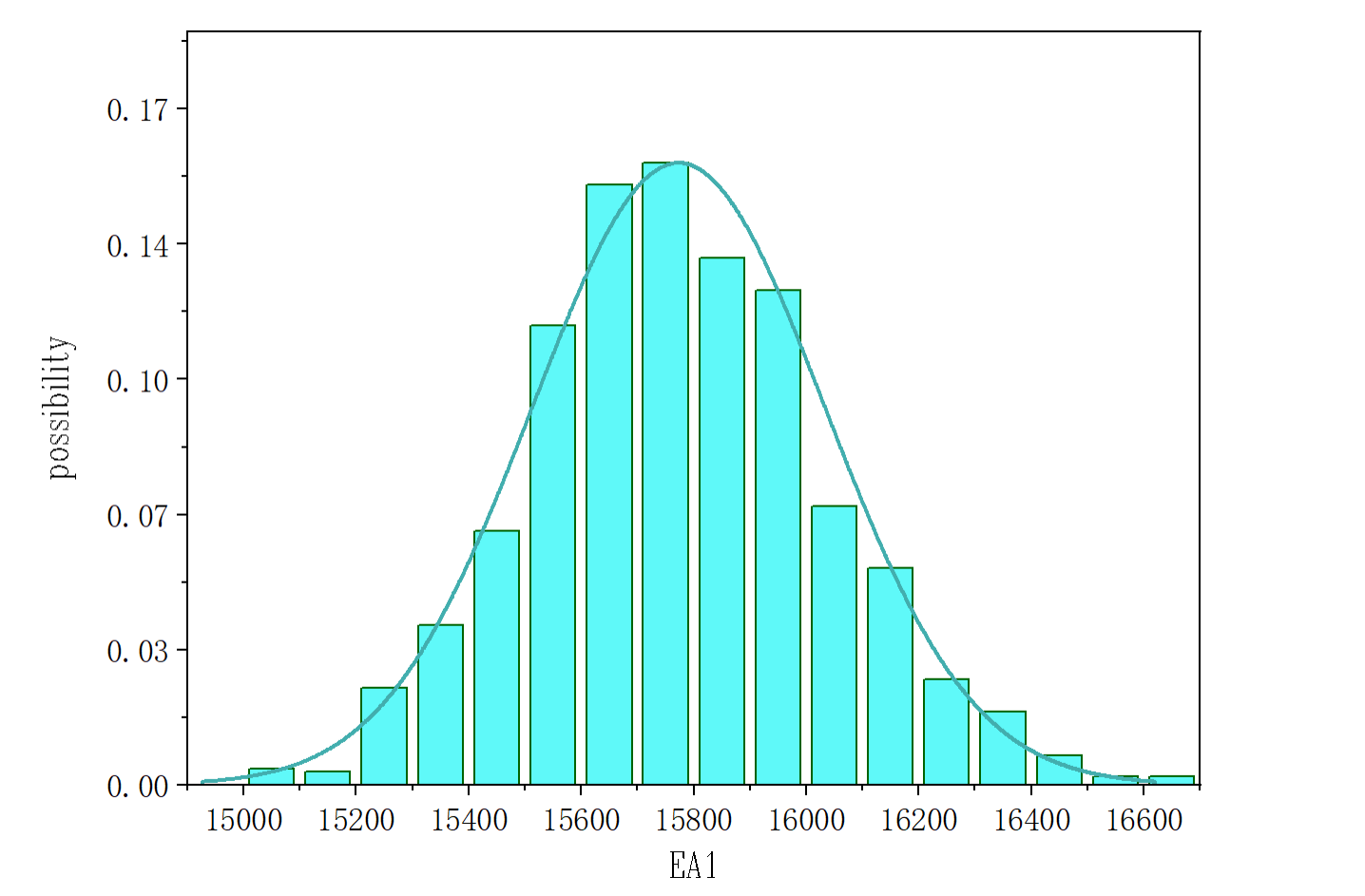
This study establishes a structural damage identification method based on Bayesian updating, targeting Pratt trusses under static loading, to investigate the influence mechanisms of vertical, shear, and horizontal loading conditions on parameter updating efficiency. By constructing likelihood functions from displacement responses and integrating prior distributions, the axial stiffness (EA) parameters of the truss are updated for structural damage identification. Results indicate that under vertical loading, the coefficient of variation (COV) of updated chord member parameters decreases significantly by 84% compared to the prior distribution (1.6% vs. 10%), forming an efficient chord damage identification mechanism; horizontal loading achieves a 56% COV reduction for web members (4.3% vs. 10%), demonstrating localized damage-specific identification capability; shear loading synchronously optimizes the COV values of all members, providing global rapid screening potential. A load-combination strategy is proposed—vertical loading for chord members, horizontal loading for precise web member localization, and shear loading for preliminary global screening—validated through 10,000 sampling iterations, enhancing system identifiability by 63%.

 View pdf
View pdf


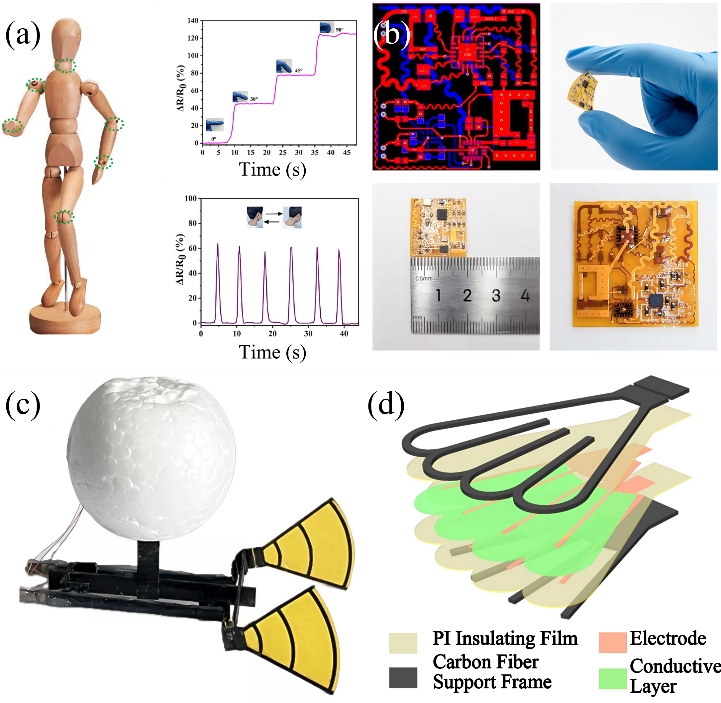
With the development of human–machine interfaces toward universality and intelligence, flexible sensors, owing to their unique flexibility, high sensitivity, and biocompatibility, become a key technology driving innovation in human–machine interaction. This paper systematically reviews the classifications, operating principles, key materials, and fabrication processes of flexible sensors, and explores their application potential in fields such as medical monitoring and intelligent interaction. Various types of sensors efficiently convert external physical signals through different mechanisms, and the integration of conductive nanomaterials with advanced manufacturing technologies significantly enhances the performance and adaptability of these sensors. In the medical field, flexible sensors find successful applications in health monitoring, smart bandages, and sleep respiration tracking. In intelligent interaction, they optimize the human–machine experience through technologies such as gesture recognition and haptic feedback. However, challenges remain, including the trade-off between sensitivity and strain range, as well as signal crosstalk. Future research should focus on self-powering technologies, biodegradable materials, and interdisciplinary innovations to achieve scalable production of highly integrated and multifunctional flexible sensors, thereby expanding their application possibilities in human-machine interfaces.

 View pdf
View pdf


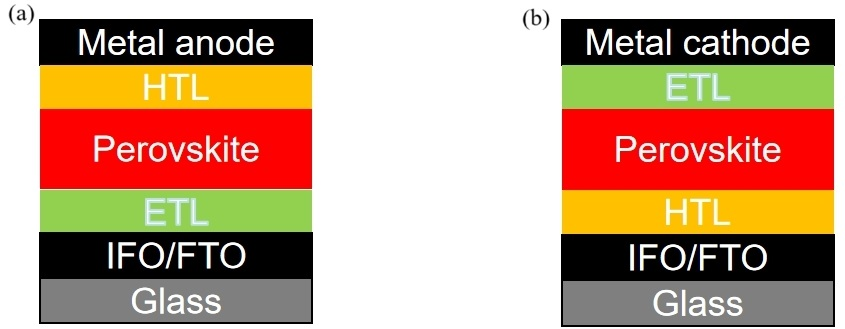
As an ideal renewable energy source, solar energy remains a major focus of technological development. Perovskite solar cells (PSCs) have emerged as a significant direction in solar energy utilization. Among them, regular-structured (n-i-p) perovskite solar cells exhibit advantages such as mature fabrication processes, high energy conversion efficiency, and ease of integration. However, their insufficient environmental stability—particularly rapid degradation under humidity—remains a critical challenge. To address these issues, the inverted (p-i-n) structure has been developed, offering simplified manufacturing and improved stability. Recently, tandem perovskite solar cells, which combine materials with different bandgaps to broaden light absorption and enhance efficiency, have gained significant research attention. This paper systematically reviews the structural evolution and technological advancements in perovskite solar cells, focusing on optimization strategies for tandem configurations to provide insights for future studies.

 View pdf
View pdf


With the vigorous development of the construction industry, the demand for high-performance concrete materials is growing rapidly. As a cutting-edge composite material, steel fiber-reinforced concrete (SFRC) has attracted much attention in the industry. This study anchored steel fiber reinforced concrete in an in-depth analysis of its performance characteristics and practical application in multiple fields. Based on the comprehensive use of the experimental research method, case analysis method, and data statistics and analysis method, through rigorous exploration, it is found that steel fiber reinforced concrete performs excellently in the dimensions of strength, crack resistance, and impact resistance, with tensile strength increased by 25%-50% and crack formation reduced by up to 75%. In the engineering fields of coal mine shaft lining, pavement repair, shaft cover, and so on, its application has achieved remarkable results: it extends pavement maintenance cycles by 30%-40%, effectively guarantees the engineering quality, and significantly improves the engineering efficiency. However, it cannot be ignored that this study has shortcomings in the expansion of research scope and the setting of experimental conditions. The research results lay a solid theoretical foundation for expanding the application boundary of steel fiber reinforced concrete, guide the direction for subsequent research, and have far-reaching significance in promoting the technological innovation of building materials.

 View pdf
View pdf


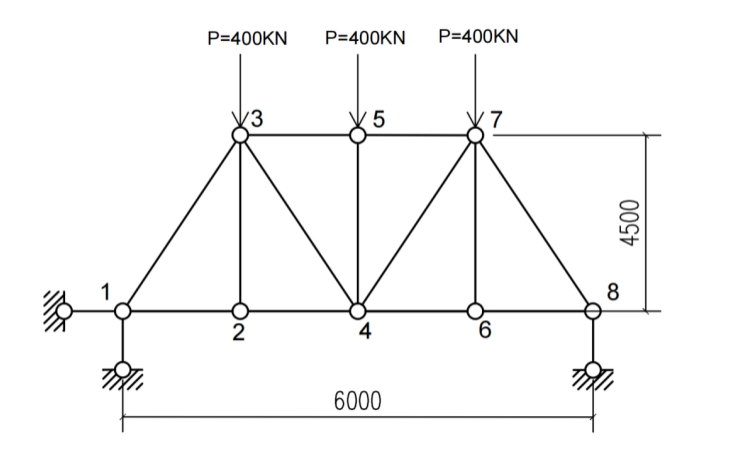
Steel truss structures are prone to reliability degradation due to fatigue, corrosion, and other factors during long-term service. Traditional assessment methods suffer from high parameter uncertainty and costly maintenance. To improve prediction accuracy, this study proposes a Bayesian updating-based framework for truss reliability prediction, integrating ABAQUS finite element modeling with field measurements to establish a dynamic parameter updating model. Using Zhangyan Bridge as a case study, Bayesian theory is applied to fuse prior distributions with displacement monitoring data, quantifying the posterior distribution changes in member stiffness parameters under different loading modes. Results indicate that under vertical loads, the posterior standard deviation of member stiffness decreases significantly, effectively reducing parameter uncertainty. Analyses of horizontal and oblique loads further reveal the influence of load direction on reliability sensitivity. The findings provide a low-cost, practical reliability assessment method for bridge maintenance and propose future research directions, including automated algorithms and nonlinear model optimization, demonstrating substantial engineering value.

 View pdf
View pdf


The escalating global energy crisis and environmental challenges have propelled electrocatalytic carbon dioxide (CO2) reduction toward value-added chemicals, particularly ethylene, to the forefront of sustainable energy research. This comprehensive review examines the evolutionary progress of copper-based catalysts in electrochemical CO2-to-ethylene conversion systems, while providing a critical analysis of global research advancements in this field. A systematic investigation is presented regarding structure-performance correlations in copper-based electrocatalysts, elucidating critical catalytically active centers and fundamental reaction mechanisms governing the CO2 reduction processes. Furthermore, the pivotal role of computational modeling in predicting catalytic behavior and deciphering reaction kinetics is thoroughly discussed. Despite these advancements, persistent challenges in product selectivity and catalytic durability continue to hinder practical implementation. To address these limitations, strategic research directions are outlined, encompassing innovative catalyst architectures, optimized operational parameters, and advanced characterization methodologies, aiming to enhance ethylene production efficiency and system reliability.

 View pdf
View pdf


In the context of the global response to climate change, transportation has received increasing attention as an important source of carbon emissions. The prediction methods for transportation carbon emissions have continued to develop over the past decade, forming a variety of research paths. This paper reviews the primary research methods on transportation carbon emission prediction in the past decade. Based on the systematic sorting and analysis of the existing literature, this paper classifies the mainstream methods into three categories: traditional mathematical models, simulation methods represented by system dynamics, and intelligent models and their coupled models. This paper systematically summarizes the theoretical foundations, applicable scenarios, and technical characteristics of each type of method, points out the advantages and limitations of different methods. At the same time, this paper proposes that future modeling research can be directed toward model coupling, standardization of the construction process, and other development paths. By comparing the applicability of different prediction methods, the results of this paper can help scholars quickly identify and compare different methods for solving specific research problems.

 View pdf
View pdf


In modern society, civil engineering is an essential element in construction, which has a great influence on project quality. The increasing demands and complexities, along with the trend of international collaboration, pose significant challenges. Building Information Modeling (BIM) has emerged as a powerful tool to enhance the quality and efficiency of civil engineering projects. This study examines the application of BIM in civil engineering project management, focusing on risk management, quality management, and cost and process management. The research spotlights the obstacles and implementation strategies regarding BIM adoption, including the lack of technicians conforming to unified standards, the need for changes in the management model and process, and the defective information - sharing and collaboration mechanisms. To address these challenges, the paper proposes several optimization strategies, which include developing high-quality technical talent through multi-level training systems, fostering a cohesive team with effective incentives, promoting management model and process innovation, and improving information sharing and collaboration mechanisms. Establishing a unified data exchange platform and enhancing BIM software interoperability are also recommended to facilitate better collaboration and promote healthy industry development.

 View pdf
View pdf


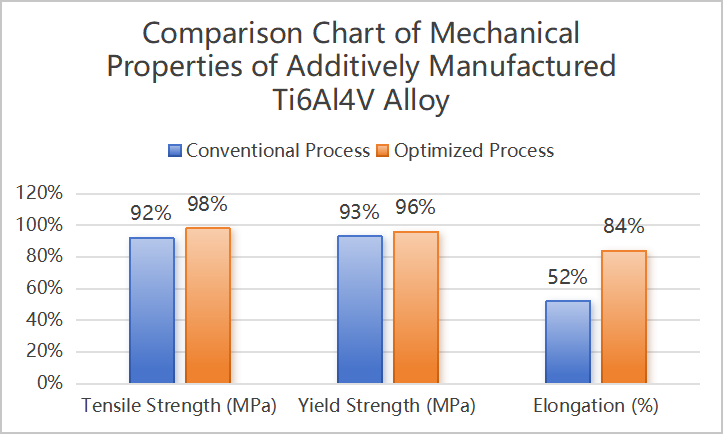
This study focuses on the optimization of additive manufacturing process for high-precision metal parts, and analyzes in-depth the problems of precision deviation, unstable material properties, and low production efficiency in the application of the current technology. Through the systematic study of key process parameters, material properties and post-processing technologies in the additive manufacturing process, this paper proposes a set of process optimization solutions that include innovative methods such as dynamic regulation of laser power, multi-angle scanning strategy and gradient heat treatment. The experimental results show that the optimized additive manufacturing process can improve the dimensional accuracy of metal parts by 28% and reduce the surface roughness to below Ra 3.2 μm, while the mechanical properties of the material reach more than 92% of those of the traditional manufacturing method. The research results provide theoretical basis and practical guidance for the additive manufacturing of high-precision metal parts, which is of great significance for promoting the application of advanced manufacturing technology in aerospace, medical devices and other high-end equipment manufacturing fields.

 View pdf
View pdf


With the accelerating global shift toward renewable energy, the penetration of wind and photovoltaic (PV) power in microgrids has increased significantly. However, this trend introduces challenges such as voltage fluctuations, harmonic interference, and reactive power imbalance. This paper reviews key reactive power compensation technologies and control strategies for microgrids, including static and dynamic devices (e.g., SVC, SVG) and coordinated control approaches (centralized, distributed, and intelligent optimization). Applications in renewable energy integration—such as wind, PV, storage, and EV charging—are also examined. Studies show that dynamic compensation, combined with advanced control methods like virtual synchronous machines and reinforcement learning, enhances power quality and grid stability, reducing losses by 8.2% to 15.6%. For example, Germany’s E.ON microgrid achieved a 12% loss reduction using a STATCOM-MPC strategy and increased renewable energy utilization by over 20% through source-storage-load coordination. This work outlines a technical roadmap for managing reactive power in high-renewable microgrids.

 View pdf
View pdf




